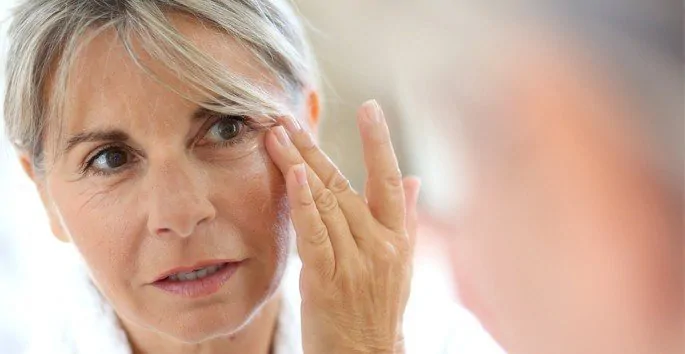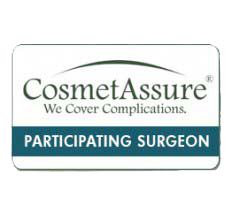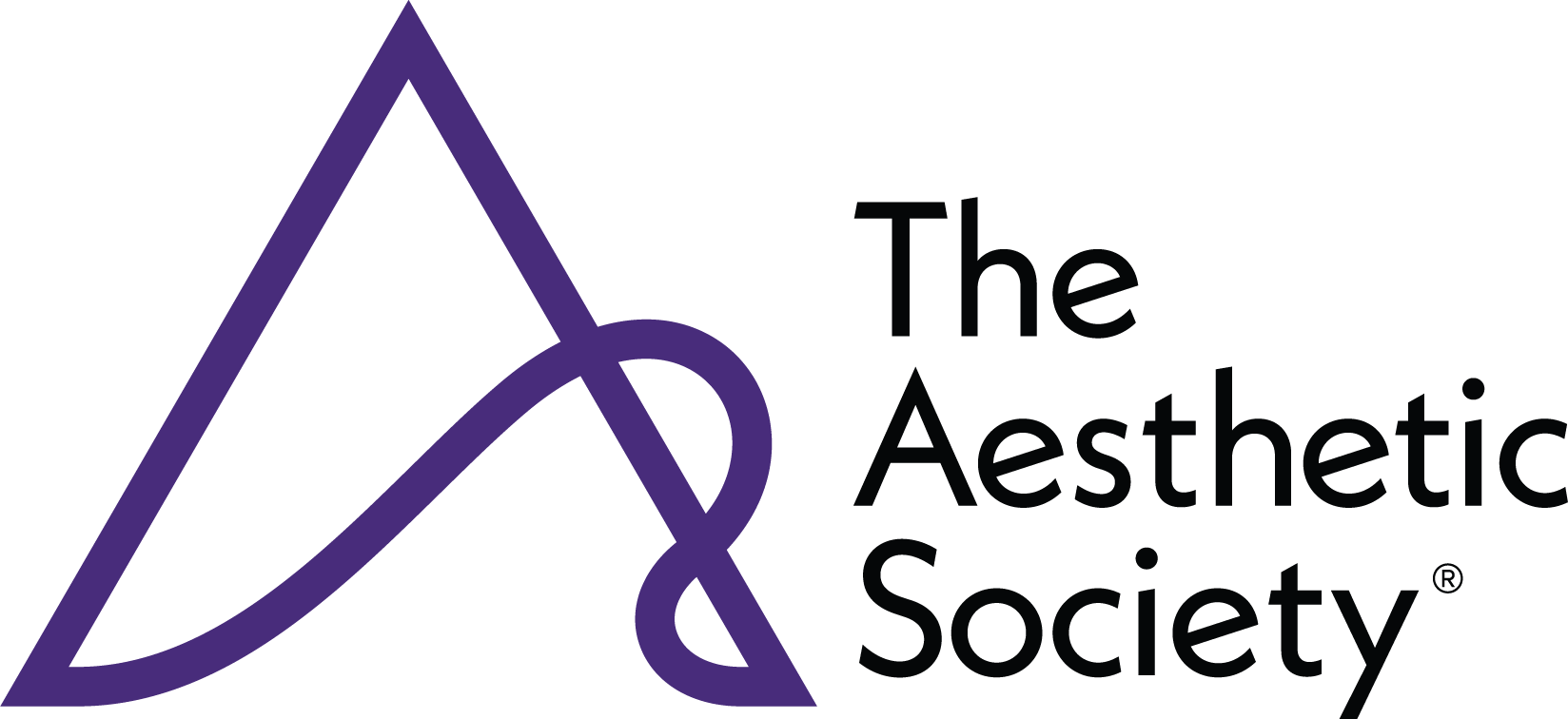
Laser Skin Resurfacing in Murfreesboro, TN
Laser skin resurfacing tightens the skin by reducing fine lines and wrinkles. Other uses include correcting sun damaged skin, brown spots, acne scars, and improved tone and texture. The procedure can be performed in the office or be combined with other surgical procedures such as a facelift or eyelid surgery.
CO2 lasers are considered the gold standard for skin resurfacing. Fractionated CO2 technology differs from original CO2 lasers by delivering the same dramatic results with less recovery and downtime.
Tarola Plastic Surgery offers the ultimate skin resurfacing device with the Cortex Laser. The Cortex combines the two best lasers for resurfacing, CO2 and Er:YAG. The Cortex allows Dr. Tarola to tailor each patient’s treatment to their individual needs. For deeper lines or wrinkles, Dr. Tarola may recommend a more intensive treatment or more than one treatment. If you desire correction of fine lines or more superficial sun damaged skin, a less extensive treatment can provide impressive results with less downtime.
The Laser Resurfacing Procedure
Your Laser Skin Resurfacing procedure creates precise pulses of heat energy that penetrates deep into your skin to stimulate new collagen production. In the office setting, resurfacing can be performed with topical numbing cream and/or light sedation. Prior to your procedure, you will have a full consultation with Dr. Tarola and be given a complete Pre and Post Procedure Instruction Set which consists of a critical skin care protocol.
Following Your Resurfacing Procedure
Recovery after laser resurfacing varies with the intensity of the treatment. Discomfort is typically minimal, but you may have a burning sensation that lasts for two days. Immediately following the treatment, a healing ointment will be applied to the affected skin. You will continue to cleanse your skin and apply moisturizing ointment several times a day to help the skin heal. Peeling usually begins several days after the procedure and may persist up to 10 days.
Most patients may return to normal activities in a week and begin wearing makeup in 10 to 14 days. Pinkness or redness of the skin may last for 3-6 months but is usually easily covered with makeup. Sun avoidance is recommended for 3-6 months or while the skin is still pink. During this time, a sunblock with SPF of 30 or more should be used at all times. Patients that strictly adhere to the recommended skin care protocol tend to see better results.


